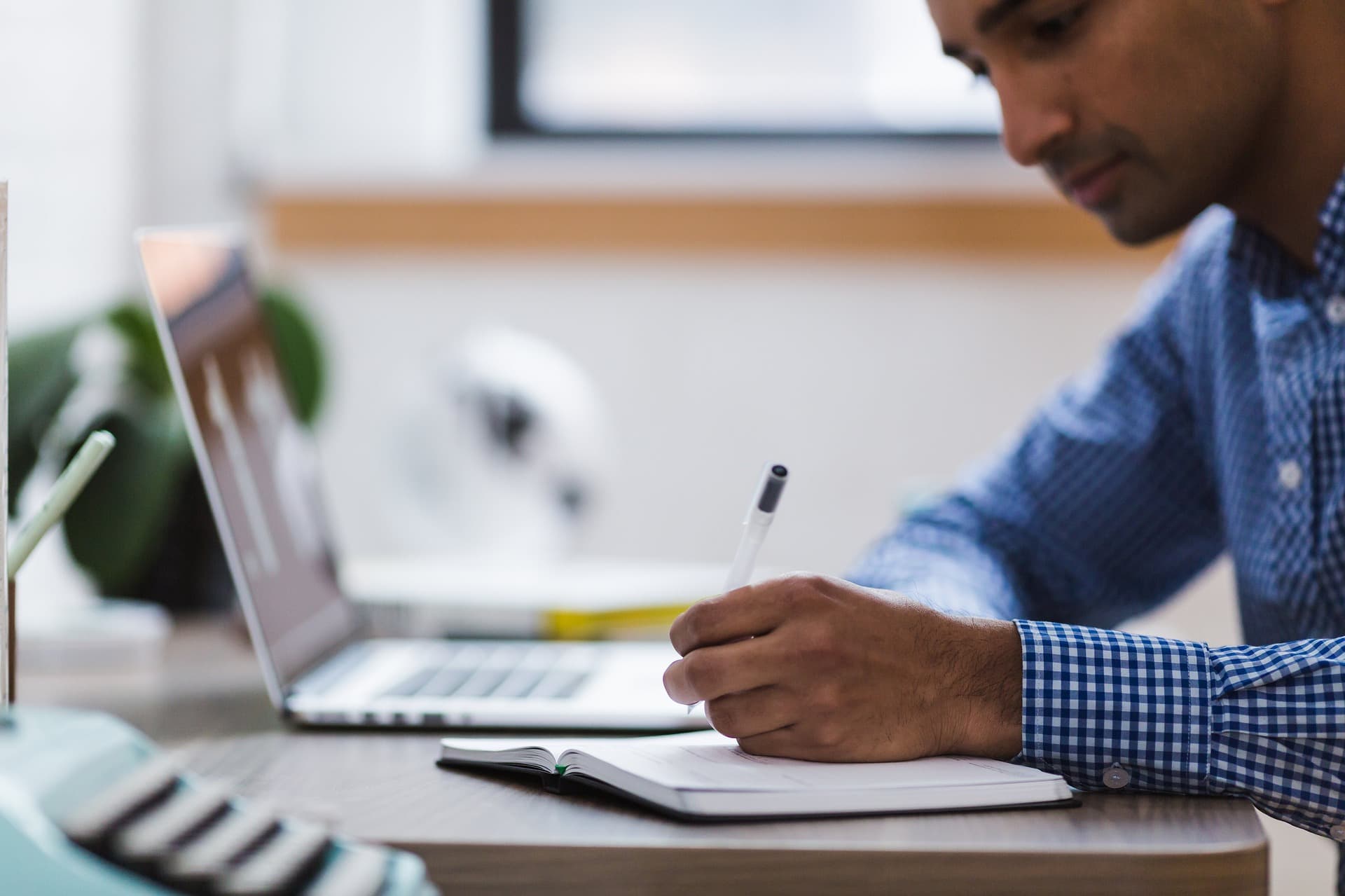
The world is designed for the 90% of the population who are right-handed, making certain tasks surprisingly challenging for the left-handed minority.
These tasks are often seemingly simple everyday activities such as opening tins, using scissors, buttoning shirts, and even operating some tech devices like e-readers. Computer workstations, in particular, are typically geared towards right-handers, with mice designed specifically for the right hand. Space for papers and stationery is located for easy access on the right too.
Historically, left-handedness has been viewed as an affliction in need of a cure. In the past (and even now in some cultures) it was common practice to force left-handed children to use their right hands in order to fit in with society. In fact, the word 'left' is derived from the Anglo-Saxon 'lyft', which means 'weak', 'idle', or 'useless'.
Of course, this is far from the truth. Some left-handed people end up using both hands deftly and to their advantage, and in a recent study left-handedness was found to be an advantageous trait in many elite sports.
However, a right-hand-only approach can make tasks more challenging for some. While many left-handers acclimatise well to their back-to-front surroundings, it’s often a good idea to adapt home and work environments to better suit your needs if you are left-hand dominant.
What do left-handed workers need?

To create a comfortable and productive office environment for everyone, it's important to consider the needs of left-handed workers.
Unfortunately, most UK employers fail to even ask new staff members if they are left-handed and many are unaware of what left-handed workers need to be comfortable and safe in the workplace.
In fact, only a quarter provide left-handers with specialist equipment (according to a CV-Library survey).
How to improve your workspace for left-handed employees

There are some steps you can take to ensure your workspace is a comfortable and safe environment:
1. Get your mouse right
Use an ambidextrous or left-handed computer mouse. Whether you prefer a classic contour mouse or a vertical mouse, there are lots of options when it comes to picking a left-handed design. This means you can find one that delivers maximum comfort for your specific working style.
2. Think about your stationery placement
When you start a new job the desk may already be arranged with document holders, pen pots and other accessories placed on the right-hand side. Don't be afraid to customise your desk in a way that feels comfortable and accessible. Having a practical left-handed desk setup will limit how much you have to reach across the desk, meaning a safer and more practical workspace.
3. Use a detachable number pad
You can buy compact keyboards with number pads separately. This is so that the number pad can be removed when not in use to allow the mouse to move closer to the centre of the body (a more comfortable position). The added bonus is that the number pad can be used on the other side of the computer for left-handers.
4. Flexible desk storage
Another challenge that left-handed folk face is through desk storage. To meet the needs of the majority of office users, many desks will come with storage built into the right-hand side. Left-handed users can get ahead of this by instead opting for a desk without storage and buying a separate piece of flexible furniture that can be easily manoeuvred around to better suit their dominant hand.
5. Arrange a DSE assessment
There's nothing quite like personal advice tailored to the individual. A DSE assessor will make sure the set-up is perfect for a left-hander, while recommending any additional equipment that could help.
Find left-handed ergonomic equipment for home and office
Now you know more about improving workspaces for left-handed users, you’ll need to make the changes with top-quality ergonomic equipment. Browse our left handed mice and left-handed keyboards, and find more advice in the health & wellbeing section of our blog.











